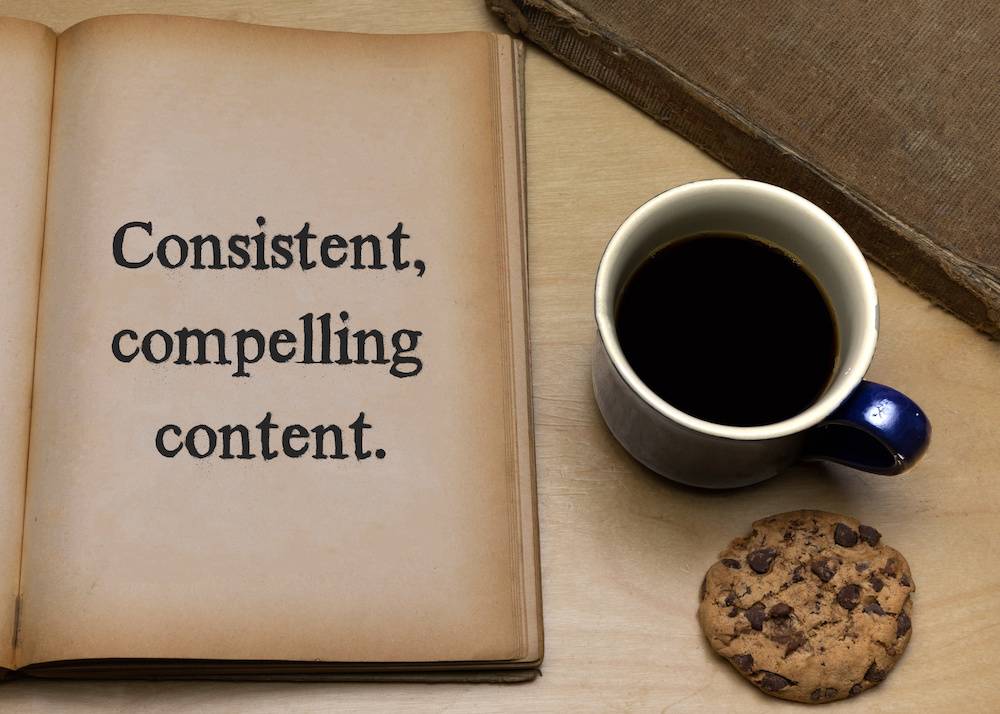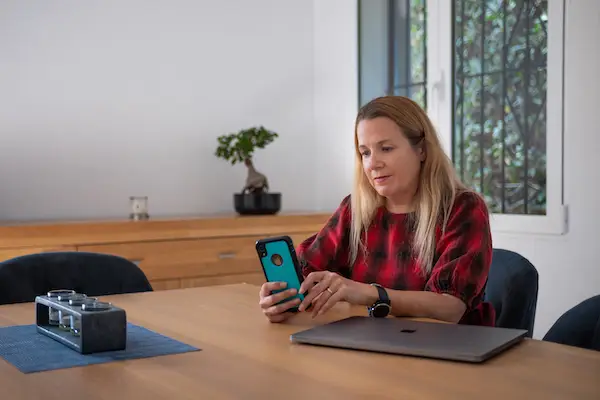
How to Write Awesome Blog Posts
Writing a great blog post is an invaluable skill for any business. Standing out and grabbing the attention of readers can be a challenging task, but there are some simple tips you can use to provide captivating writing.
Knowing Your Audience
Knowing your target audience is essential when it comes to creating content for your blog. After all, a blog post that resonates with the right people can have a much greater impact than one that is written without any knowledge of who you are targeting.
Understanding your target audience will help you determine which topics and content will be most valuable for them. Additionally, knowing who you are writing for will enable you to create more effective calls-to-action and provide better customer service.
Who is your target audience?
Your target audience should be made up of the individuals who are most likely to engage with your blog’s content and take action on what they read. There are two ways of doing this, you can either work out who you want to work with and target those people, or you can look at those most likely to buy from you.
To identify those most likely to buy from you, start by researching your existing customers and prospects. Consider their demographic information such as age, gender, occupation, location, etc., as well as their interests and hobbies. You can also look at the types of language they use so that you can tailor your blog posts accordingly.
Once you know the basics about your target audience, take some time to dig deeper into their needs and challenges. Try asking questions like “What do they want or need from my business?” or “What problems might they face in relation to my product/service?” This research will help you create content that speaks directly to the issues they are facing and how your product/service can solve them.
You should also keep track of how your target audience is engaging with your blog through analytics tools such as Google Analytics. This data can give you insight into which topics resonate best with them and provide further guidance on what type of content they might be interested in reading in the future.
Knowing who you’re writing for is key when it comes to crafting effective blog posts that speak directly to the needs of your target audience. So take some time to get familiar with those who will be reading your posts – it just may make all the difference!
Crafting Compelling Blog Titles That Get Clicks
A blog post title is the first thing a reader sees and so it should grab their attention and make them want to click on it and read more. Writing an effective blog title can be tricky, but with a few tips, you can craft compelling titles that will get more clicks and help promote your business.
Let’s head back to that audience!
Before you write a blog title, take time to consider who your audience is. Are they looking for something specific? Do they have certain interests or preferences? What kind of language do they use? Knowing the answers to these questions will help you create titles that resonate with your readers.
Keeping your titles succinct
A good rule of thumb is to keep titles under 70 characters so that they’re easy to read without getting cut off in search engine results and on social media sites. Try to make sure each word counts and avoid using unnecessary words like “the” or “a” if possible.
Include keywords for SEO
Keywords are essential for SEO, and including relevant keywords in your title can help improve the visibility of your posts in search engine results. Think about what words people might use when searching for content related to yours, then include those words in your title if possible. Just don’t stuff too many keywords — one or two are usually enough.
Make it interesting
Your blog title should be interesting enough to draw readers in and compel them to click on it. To accomplish this, try using action verbs like “discover” or “unlock” or phrases like “you won’t believe” or “here’s how”. You could also add an element of curiosity by asking a question in the title or making a bold statement that encourages readers to find out more.
How to Craft the Perfect Writing Style for Your Blog
Crafting an engaging writing style is essential if you want your blog to be successful. It’s not only important to capture the attention of readers, but also to maintain their interest and keep them coming back for more. To do this, it’s important to find a writing style that works best for your blog’s unique purpose and audience. Here are some tips on how you can do just that.
Consider your purpose
Your writing style should depend on that all important audience, but also what purpose your blog serves. Are you trying to inform readers about a certain topic? Educate them? Entertain them? Or maybe even all three? Once you identify the purpose of your blog, it will be easier for you to decide which writing style is most appropriate for it. For example, if you’re creating a blog about travel destinations around the world, then an informative yet entertaining writing style might be beneficial for capturing readers’ attention. If you want people to buy from you, then providing information about your specialist subjects can help instil trust.
Be consistent with your writing style
Once you have identified the perfect writing style for your blog, make sure that each post follows the same pattern or format. This will ensure consistency throughout all of your posts as well as make it easier for readers to navigate through them without getting confused or overwhelmed. Additionally, when each post follows the same structure and pattern, it reinforces your credibility as a reliable source of information or entertainment—which can help increase engagement levels over time!
Short and sweet
Keep sections relatively short and break up text with visuals. Clicking on a page that looks like the page of a book can be overwhelming and off putting to most audiences. You need to create visual interest as well as through the words you use. Keeping sentences and paragraphs short you can help to create a page that looks far more manageable, even if it’s a very very very long one!
How to Incorporate Images and Video into Your Blog Posts
As mentioned above, images and videos can help break up long blocks of text, making the content easier to read. They also provide visual stimulation, which can keep readers engaged longer. Here’s some easy ways to help keep readers on your blog post.
Using images to make an awesome blog post
Images are an essential element of any good blog post. Not only do they make the content more interesting, but they also give people a better understanding of what you’re talking about. For example, if you’re talking about a specific product or service, it’s much more effective to show an image than it is to simply describe it.
To ensure that your images are engaging, make sure they’re high quality and relevant to the topic at hand. Additionally, consider including captions with each image as this can help draw readers in and add context to your content.
Using video in your blog post
Videos can also be used in blog posts for added engagement value. Videos don’t just give readers something else to look at; they provide another way for people to consume information.
Not everyone likes to absorb content through words and images alone, some people much prefer watching videos.
Videos are great for demonstrating processes or giving tutorials because they show viewers exactly what’s happening instead of just telling them about it. Additionally, videos often generate more shares on social media than other types of content do, which makes them particularly useful for increasing traffic back to your website or blog.
When using videos in your blog post, make sure they are fairly short (no more than three minutes) and easy-to-understand so that readers don’t feel overwhelmed or frustrated by them.
Using Examples and Stories to Connect with Your Customers
One of the best ways to connect with customers is through storytelling and examples. By using stories and examples in your blog, you can create a connection that will lead to better customer relationships.
The power of storytelling
Stories are powerful tools for communication. They have the power to engage readers and draw them into the narrative. For example, if you’re selling a product or service, telling a story about how it has positively impacted someone’s life can help your readers relate more closely to what you’re offering. It also gives people something tangible to latch onto—a real-life example of the kind of impact your product or service can have on their lives.
How to use examples in your blog post
When it comes to using examples in your blog, it’s important to keep them relevant and up-to-date. Outdated examples won’t be as effective as current ones, so make sure that any information you use is accurate and timely. You should also be mindful of using too many examples; overloading your blog with too much information can make it difficult for readers to digest everything they need to know. Instead, focus on one or two key examples that illustrate your point clearly and concisely.
How to Get Your Blog Readers Engaged
Interaction is key when it comes to engaging readers. Ask questions and encourage comments from readers, as this will help spark conversations and create connections. You can also use polls or surveys to get feedback and gauge reader interest in certain topics. Allowing comments also encourages readers to ask questions, which will give you an opportunity to engage with them directly.
Making your blog posts personal and relatable helps create a connection with your audience. This can be done by incorporating stories into your content or creating posts that focus on specific topics that may be of more interest to your target demographic. Making sure your content is tailored specifically for the intended audience will help make it more engaging and increase the likelihood of getting comments and feedback from readers.
Responding promptly and personally when someone leaves a comment or asks a question shows that you are invested in engaging with your audience. This is especially important if someone has taken the time to leave a thoughtful comment or ask an insightful question—you don’t want them going unanswered! Being responsive not only shows that you appreciate their input but also encourages others to engage with you as well.
Blogging is a great way to reach and engage with your ideal audience, it also has benefits for SEO too. Need help getting started? Contact us today to find out how we can help.








